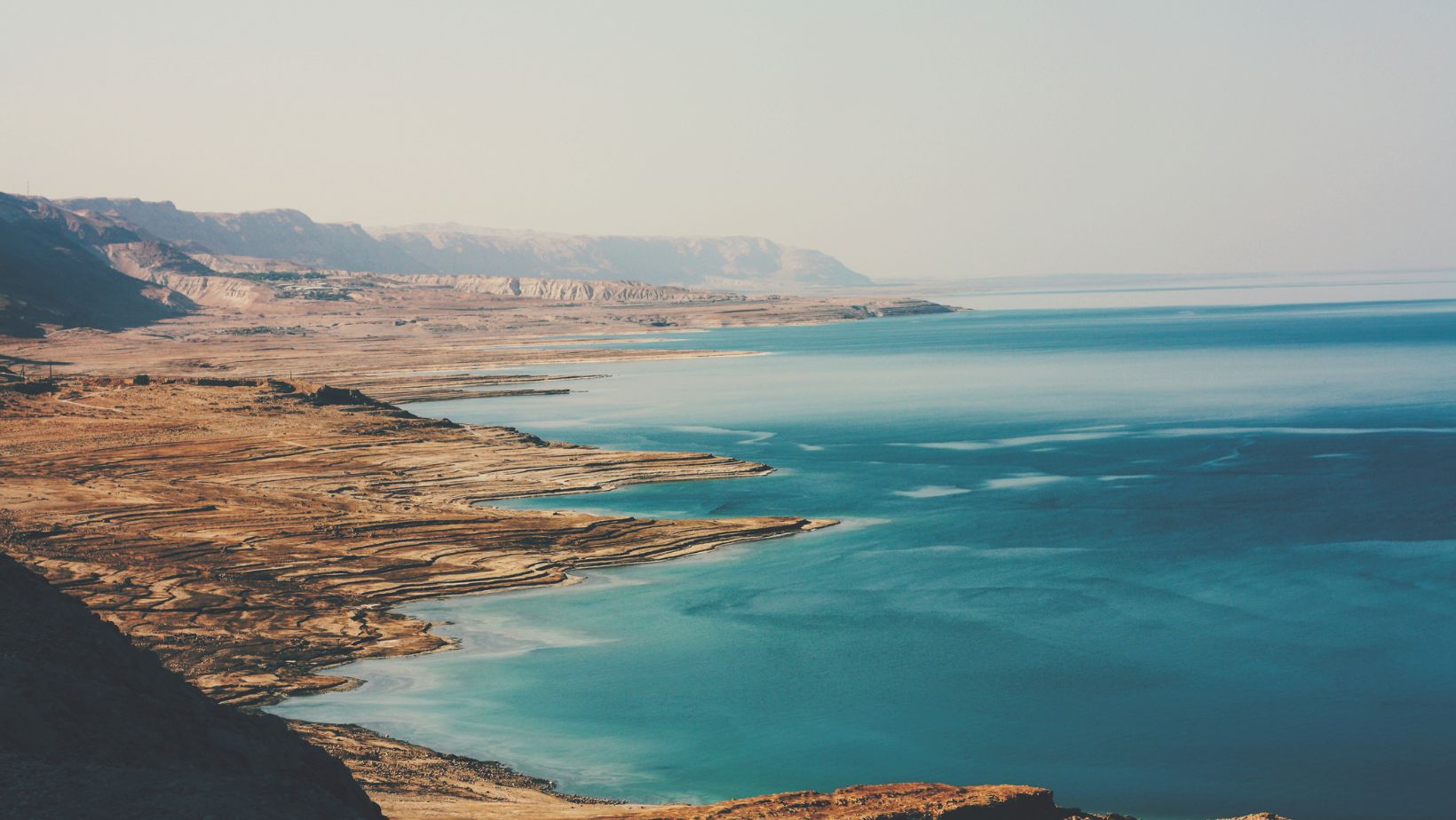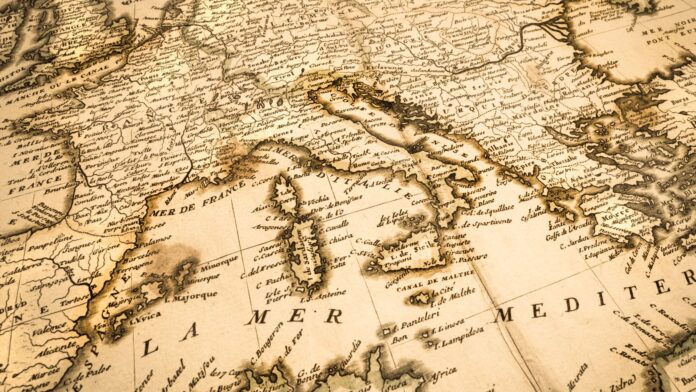Why are Coastal Areas a Focus of Conservation Efforts
Coastal areas are a vital part of our natural environment, and they play a crucial role in the overall health of our planet. As a result, they have become a major focus of conservation efforts. From their diverse ecosystems to their economic significance, coastal areas are home to a wide range of species and provide numerous benefits to humans. In this article, I will explore why coastal areas are a priority for conservation and highlight the importance of protecting these unique and fragile environments.
The unique characteristics of coastal areas make them particularly vulnerable to environmental threats and degradation. With their proximity to the ocean, these regions are exposed to a variety of challenges, including rising sea levels, erosion, pollution, and habitat loss. As a result, many species that rely on coastal habitats for survival are at risk of extinction. By focusing on the conservation of coastal areas, we can help safeguard these valuable ecosystems and protect the biodiversity they support.
Importance of Coastal Areas
Coastal areas hold immense value and are a focal point of conservation efforts. These regions are not only breathtakingly beautiful, but they also play a vital role in maintaining the overall health of our planet. Let’s dive into why coastal areas are so important and why they deserve our protection.
1. Biodiversity Hotspots: Coastal areas are incredibly rich in biodiversity, hosting a wide array of plant and animal species. These regions provide unique habitats for countless species, including endangered ones. Protecting these areas ensures the preservation of diverse ecosystems and the species that rely on them.
2. Climate Regulation: Coastal areas contribute significantly to climate regulation. The vegetation found in these regions, such as mangroves and seagrasses, acts as carbon sinks, absorbing and storing vast amounts of carbon dioxide from the atmosphere. By protecting coastal areas, we can mitigate the impacts of climate change and maintain a balanced climate system.
3. Coastal Protection: Coastal areas serve as natural barriers against storms, hurricanes, and erosion. Wetlands, dunes, and coral reefs help absorb the energy of waves and reduce the severity of coastal flooding. By safeguarding these areas, we can protect coastal communities from the devastating impacts of natural disasters.
4. Economic Value: Coastal areas hold immense economic value. They attract millions of tourists each year, contributing to local economies and supporting jobs in the tourism industry. Additionally, these regions are vital fishing grounds, providing a source of livelihood for many coastal communities. Conserving coastal areas ensures sustainable economic development and the preservation of cultural heritage.
5. Recreational Opportunities: Coastal areas offer a wide range of recreational activities, including swimming, surfing, boating, and wildlife watching. These activities promote physical and mental well-being, allowing people to connect with nature and unwind from the stresses of daily life. Preserving these areas ensures that future generations can continue to enjoy these recreational opportunities.
Coastal areas are of utmost importance due to their biodiversity, climate regulation, coastal protection, economic value, and recreational opportunities. By recognizing their value and taking steps to preserve and protect them, we can create a sustainable future for both nature and humanity.

Biodiversity in Coastal Areas
Coastal areas are incredibly important for the overall health of the planet and are a focus of conservation efforts due to the rich biodiversity they harbor. These areas provide unique habitats for countless species, including endangered ones. Let’s explore why biodiversity in coastal areas is significant and why it calls for conservation efforts.
- Species Diversity: Coastal areas are home to a wide range of plant and animal species. The combination of land, water, and transitional zones creates diverse ecosystems that support a variety of life forms. From mangroves and salt marshes to coral reefs and seagrass beds, each habitat supports a unique assemblage of species. Protecting these areas ensures the preservation of biodiversity and the intricate web of interactions between different organisms.
- Endangered Species: Coastal areas often serve as critical habitats for endangered species. For example, sea turtles rely on beaches for nesting, while many bird species depend on coastal wetlands for feeding and breeding. These areas provide essential resources and safe havens for these vulnerable species. Conservation efforts in coastal areas aim to protect these habitats and prevent further decline of endangered species.
- Nurseries and Spawning Grounds: Coastal areas play a vital role in the life cycles of many marine species. They serve as nurseries and spawning grounds for fish, crustaceans, and other marine organisms. These habitats provide shelter, food, and protection for the early stages of life, allowing populations to thrive and replenish. Conserving coastal areas ensures the preservation of these critical habitats for the sustainable management of fisheries and the overall health of marine ecosystems.
- Ecosystem Services: The biodiversity in coastal areas contributes to the provision of essential ecosystem services. For instance, mangroves act as natural buffers, protecting coastal communities from storms and erosion. Coral reefs provide essential habitat for fish populations, supporting the livelihoods of millions of people who rely on fishing. Conserving coastal areas not only preserves biodiversity but also maintains these valuable ecosystem services that benefit both humans and nature.


